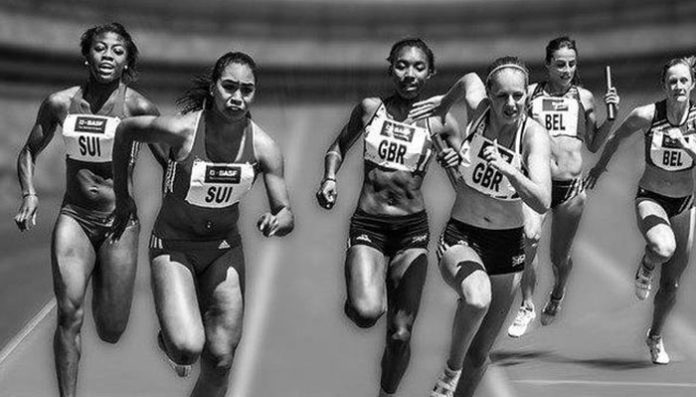We knew that low energy availability, which occurs when athletes don’t take in enough calories to meet the energy demands of their training, has been linked to a number of health and performance problems in female athletes,” says sports medicine physician, Kristin Whitney, MD, MA. Such issues include menstrual dysfunction, poor bone health, cardiac and gastrointestinal problems, and decreased muscle strength and endurance—to name a few.
“We wondered if low energy availability might also be related to urinary incontinence, and what that could mean for our patients.” In a study lead by Kathryn Ackerman, MD, MPH, medical director of the Female Athlete Program, the team set out to explore this question.
Studying urinary incontinence in female athletes
The researchers conducted a cross-sectional cohort study of 1,000 female athletes between ages 15 and 30 who presented to Boston Children’s Sports Medicine Division for any reason. The comprehensive survey included questions about the athletes’ nutrition and general health, exercise and performance, self-reported history of disordered eating, and urinary incontinence during sports.
Of the female athletes surveyed, 16.5 percent reported urinary incontinence during athletic activity. Athletes participating in high-impact sports such as running, cheerleading, and gymnastics were more than four times more likely to report urinary incontinence compared to other sport categories. However, no matter what sport they participated in, UI was far more prevalent in athletes with low energy availability. The results of the study were published in the Journal of Pediatric Urology.
“We were able to discern that low energy availability is an independent risk factor for urinary incontinence across all sports categories,” says Whitney. “If you had poor nutrition and low energy availability, you’d be at high risk for urinary incontinence.”







